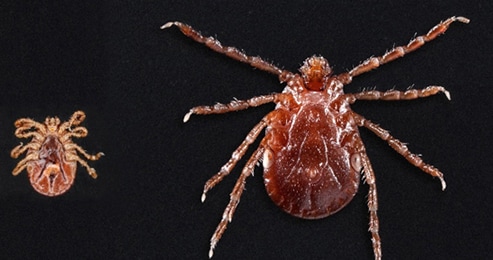
Today, I attended a meeting with the White House! The Office of Science, Technology, and Policy from the White House came to North Carolina to hear how the NC Department of Health and Human Services addressed equity issues during the COVID-19 pandemic. By mandating the collection of data on race and ethnicity for vaccination, the NC DHHS was able to identify populations that were falling behind on their vaccination rates. They highlighted the vaccination rate disparities between white communities and black and Latino communities and with this information, they were able to reach out to community groups like churches that these black and Latino populations were already acquainted with. By asking pastors and other trusted adults to disseminate COVID-19 information and vaccines and PPE, the NC DHHS brought healthcare to the community. The above picture is from ABC11’s interview of Dr. Matthew Hepburn, the leader of the White House’s Office of Science, Technology, and Policy.







